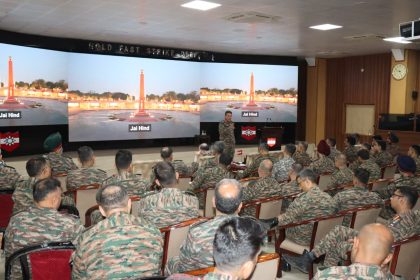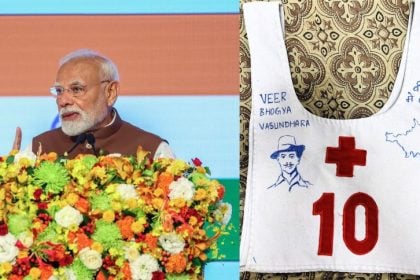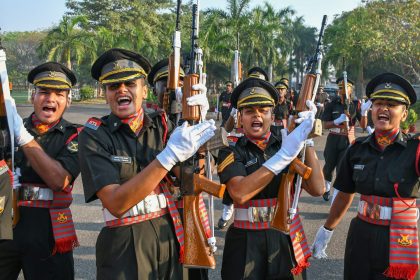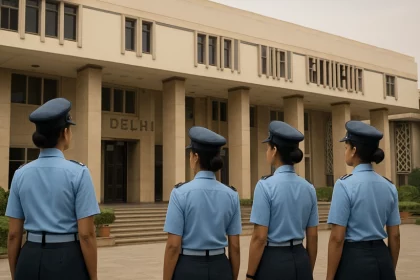Higher Command Course Trains Officers in Desert Warfare at Jodhpur’s Konark Corps
From Operation Sindoor to Sir Creek: Future Military Leaders Study India’s Western Frontiers.
India Issues NOTAM for Air Force Exercise Near Pakistan’s Airspace
IAF’s Arabian Sea Drill and India–US Yudh Abhyas in Alaska Showcase Dual Focus on Homeland Security and Global Partnerships.
Missed Final Merit List in CDS or CAPF?: UPSC Launches ‘PRATIBHA Setu’ to Unlock Career Opportunities for Aspirants Who Narrowly Miss Final Merit List
UPSC’s PRATIBHA Setu: Bridging Aspirants with Opportunities Beyond the Merit List.
OTA Chennai Passing Out Parade to be Held on September 6, 2025
Future Army Leaders Set to March Out After 49 Weeks of Rigorous Training.
Manipur Governor Honors Vir Chakra Awardee Squadron Leader Rizwan Malik
Manipur’s First Vir Chakra Awardee Felicitated for Heroism in Operation Sindoor.
Delhi HC Slams Centre for Leaving 20 IAF Flying Posts Vacant Despite Qualified Women
Delhi HC Orders Appointment of Woman IAF Candidate to Vacant Flying Branch Post.






